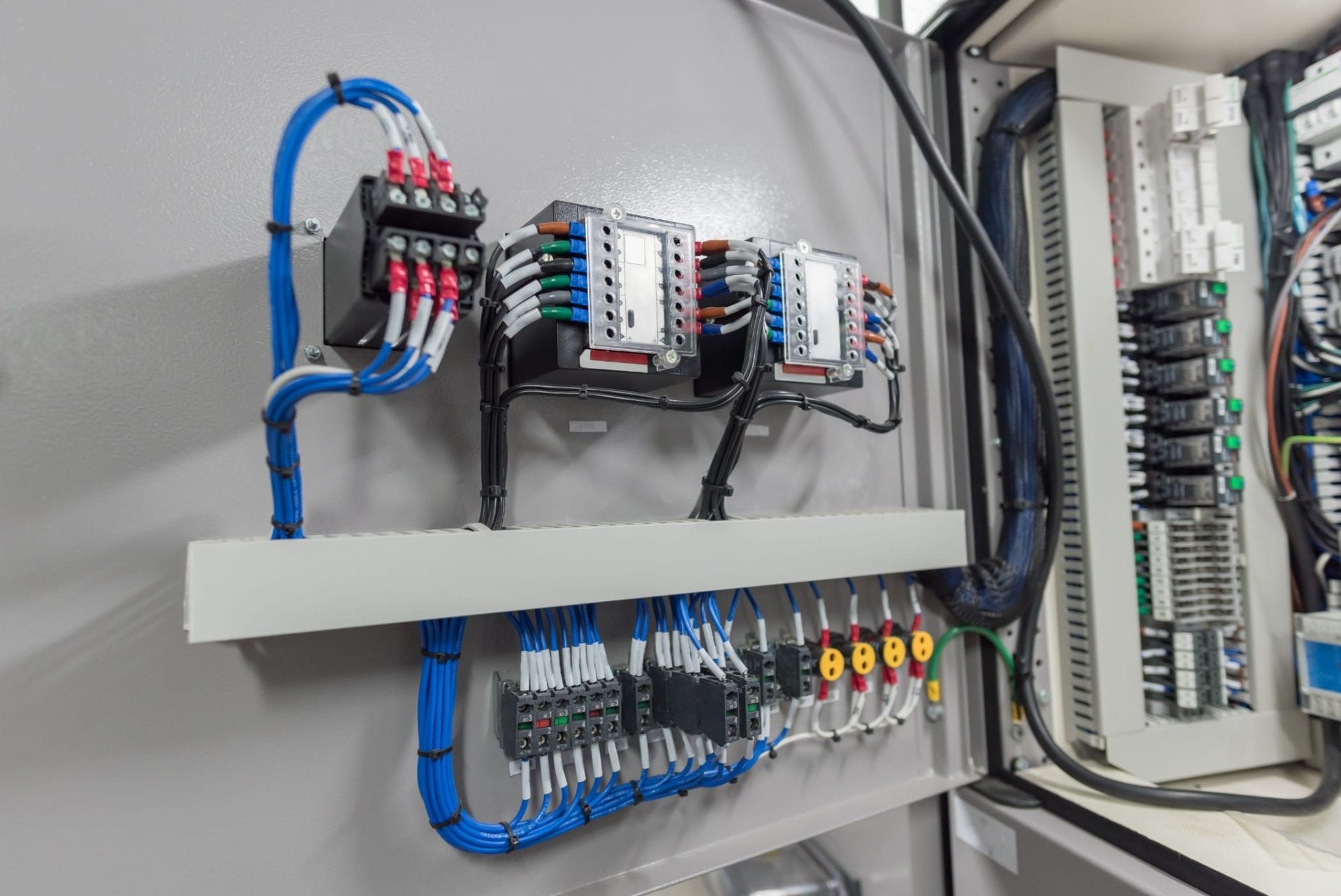Electrical Wiring Made Easy: A Beginner's Guide to Wiring Your Own Home

Electrical wiring is an essential element of every home, and understanding it is essential for every homeowner. It is not just important in ensuring the proper functioning of your home but it’s also critical for your safety. In this article, we will discuss the basics of electrical wiring as well as the importance of security and the advantages of employing an accredited residential electrician for all your electrical wiring needs.
Understanding Electrical Wiring Basics
Wiring for electrical purposes is the system of electrical conductors that runs through your home, carrying electric power to appliances as well as lighting fixtures. It functions by creating electrical circuits which connect the power source and your appliances. Electrical circuits are made up of wires, switches, as well as other components of electricity that work together to form a secure and reliable electrical system. There are different types of electrical wiring, including copper, aluminum, and wire insulation types such as PVC paper, rubber, or.
Preparation and Planning for Electrical Wiring
Before you install the new wiring for electrical use, it is important to consider many aspects to take into consideration, such as the kind of wiring you’ll need, the size of your electrical system, and your power requirements. Additionally, it is important to be aware of electrical wiring regulations and permits needed in your region. To be prepared for electrical wiring, design an electrical plan and evaluate your electrical requirements. This will help to ensure your wiring system is secure, efficient, and meets your power needs.
Materials and Tools Needed for electrical wiring
When installing new electrical wiring it is important to have the proper equipment and materials on hand. The most important tools are strippers, wire cutters pliers, and an electrical voltage tester. Other materials needed to conduct electrical wiring comprise electrical tapes, wire nuts, conduit along with electrical boxes. It’s also useful to have a wiring diagram that will guide you through the process of installing.
Step-by-Step Guide to Electric Wiring Installation
The installation of electrical wiring is complicated however, with the right tools and knowledge you can do it safely and efficiently. This is a step-by-step guide for installing new electrical wiring inside your home:
Shut off the power source to the location where you’ll be working.
Design the wiring layout and mark the location where the wiring will be installed.
Install conduit and electrical boxes where necessary.
Cut and strip wires to the proper length.
Connect the wires to the fixture or device you are wiring.
Make sure the wires are secured using wiring nuts, electrical tape or conduit straps.
Check the wiring to make sure it is functioning properly.
During the installation process it is essential to follow wiring installation best practices and tips. Also, be aware of the common mistakes that you should avoid while installing wiring such as wiring circuits that are too large, using damaged wires, or using the wrong kind of wire to accomplish the task.
Troubleshooting Electrical Wiring Issues
Even with careful planning in the installation and design, wiring issues may arise. The most frequent issues are circuit overloads, wiring damage as well as electrical shorts. To solve these issues it is crucial to know about typical electrical wiring issues and be aware of how to efficiently and safely address these issues. Additionally, it is critical to follow electrical safety procedures in the event of a problem with electrical wiring including shutting off the power and wearing safety equipment.
Conclusion
Understanding the electrical wiring in your home is vital to your safety and for the proper operation that your electric system provides. It is essential to employ an accredited electrician to ensure that your wiring is set up and maintained properly. At Local Electrician Hornsby, we provide various electrical services, including electrical wiring repair and installation. Call Local Electrician Hornsby at 1300 610 481 for all of your electrical wiring needs.
Electrical Wiring FAQ
Here are some frequently asked questions related to electrical wiring, as well as additional safety tips and the best techniques for electrical wiring installation and repair:
What type of wire should I choose for my electrical wiring?
The type of wire you choose to use for electrical wiring is contingent on the specific requirements of your home and the local building code. It is important to use the appropriate gauge of wire as well as the appropriate insulation type and wire material to ensure safety and efficiency for your wiring system.
Can I install an electrical wire of my own?
While it is feasible to install your own electrical wiring, it’s crucial to have the skills and knowledge to complete the task safely and efficiently. In the majority of cases, it is recommended to engage an experienced electrician to ensure that the wiring is installed and maintained in a safe and secure manner.
How often do I need to have my electrical wiring inspected?
It is recommended to inspect your electrical wiring every 10 years or whenever you observe symptoms of electrical malfunctions, such as frequent trips to the circuit breaker or electrical shocks.
What do I do if notice electrical wiring problems in my home?
If you notice any electrical wiring issues in your home, like flickering lights or outlets that don’t function, it’s important to address them immediately. Turn off the power to the affected area and call an authorized electrician to determine and fix the issue.
If you follow these guidelines and best practices, you can make sure you have electrical connections that are safe and working properly. Make sure you are taking safety into consideration and seek out a licensed electrician when needed. Reach out to Local Electrician Hornsby at 1300 610 481 to discuss all of electrical wiring issues.
